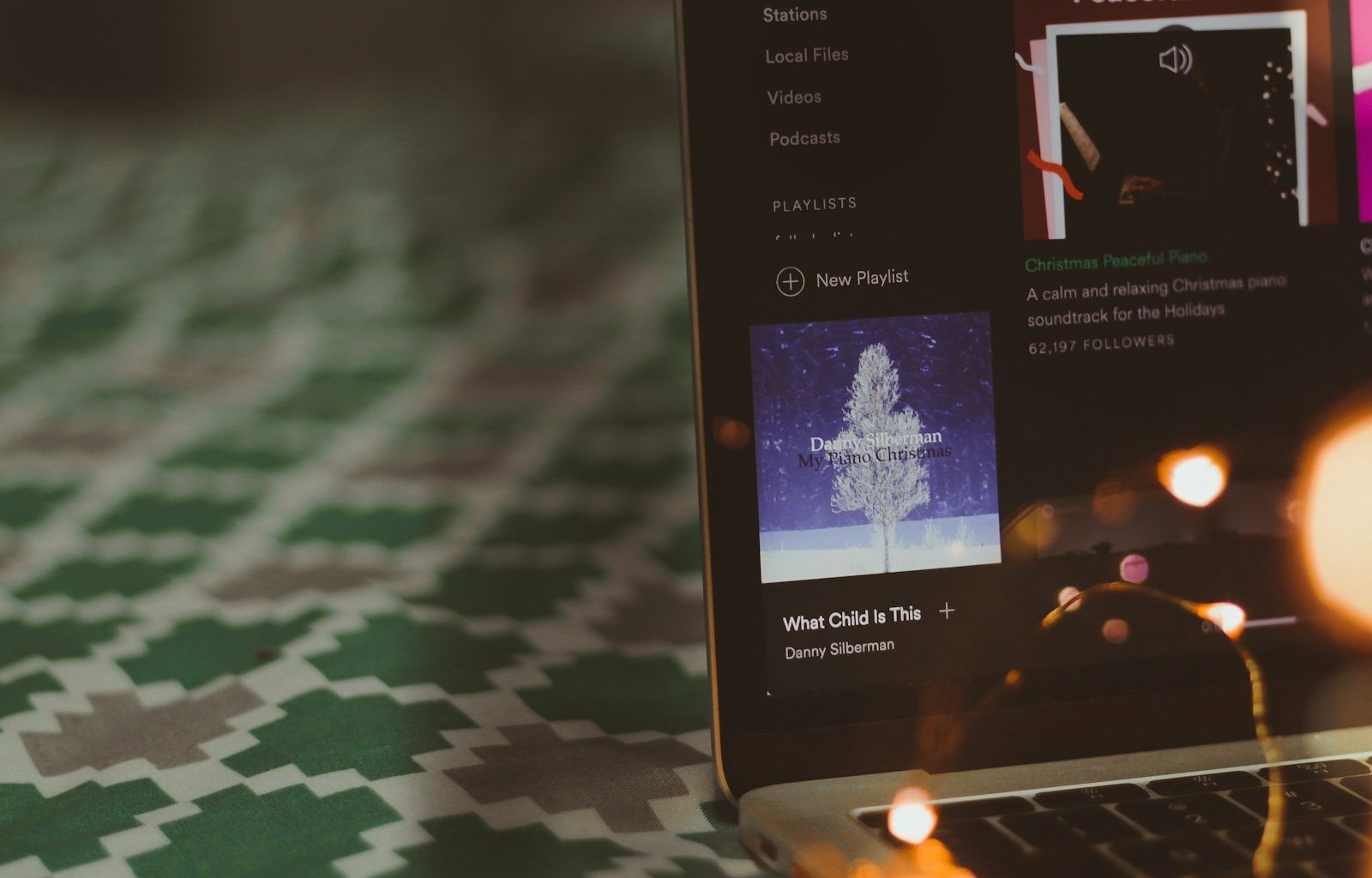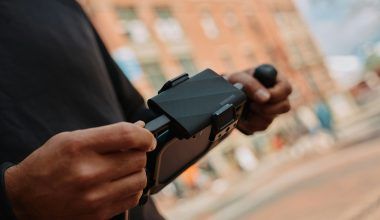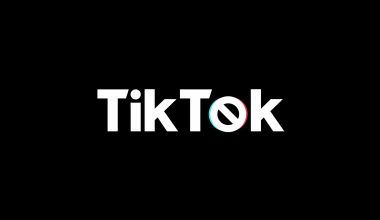Spotify has become one of the most popular music streaming platforms worldwide, boasting millions of active users every month. For artists, both new and established, putting music on Spotify is no longer just an option—it’s a necessity. Why? It’s where listeners discover fresh talent, build playlists, and stream songs every day. In simple terms, Spotify can help you reach a global audience and grow your fanbase. But how do you get your music on Spotify? Let’s break it down step by step.
Whether you’re an independent artist or part of a band, uploading your music on Spotify doesn’t have to feel intimidating. This guide will make it easy for you to understand the process.
Step 1: Prepare Your Music for Spotify
Before diving into the process of putting music on Spotify, you need to make sure your tracks are ready. Think of this as the foundation. Good music will always stand out, but presentation matters just as much.
- Ensure High-Quality Audio: Your music files need to be in a lossless format like WAV or FLAC. Spotify values high audio quality, so avoid compressed formats like MP3 for the upload.
- Create Catchy Artwork: Your album or single needs eye-catching artwork. It should be at least 3000 x 3000 pixels in size and look professional. Think about what will make your cover stand out on a playlist.
- Get Metadata in Place: Metadata includes the song title, artist name, genre, and more. This information is essential for proper categorization on Spotify.
Step 2: Choose a Digital Distributor
You can’t directly upload your music to Spotify as an independent artist. Instead, you need a digital distributor—essentially, a middleman who handles the technical details and ensures your music gets on Spotify and other platforms like Apple Music and Amazon Music.
Some popular digital distributors include:
- TuneCore: Known for simplicity and a flat fee structure.
- DistroKid: Ideal for indie artists with unlimited uploads.
- CD Baby: Offers pay-per-release services and physical distribution.
- Amuse: A free option for those just starting.
Choose a distributor that fits your budget and goals. If you plan to release music frequently, DistroKid might save you money. For one-time projects, CD Baby could be a better fit.
Step 3: Set Up Your Spotify for Artists Account
Once your music is distributed, it’s time to claim your Spotify for Artists profile. This tool is a game-changer. It allows you to manage your artist presence, track analytics, and even pitch your songs for playlist consideration.
- Visit Spotify for Artists and sign up.
- Claim your artist profile by linking it to the distributor you used.
- Customize your profile with a bio, photos, and links to your social media.
Remember, a well-polished profile can make a huge difference in how fans perceive you.
Step 4: Uploading Your Music with Your Distributor
Here’s where the magic happens! After choosing your distributor, they will guide you through the upload process. You’ll provide:
- Your audio files
- Cover art
- Metadata like song titles and release dates
Most distributors allow you to schedule your release date, which is great if you want time to promote your music. Aim to submit your tracks at least 4 weeks before your release date. This gives Spotify enough time to process everything and consider your music for playlists.
Step 5: Promote Your Music Like a Pro
Putting music on Spotify is just the beginning. To reach listeners, you’ll need to promote your tracks actively. Here are some simple yet effective ways:
- Social Media: Share your music across Instagram, Twitter, and TikTok. Use engaging visuals, behind-the-scenes stories, or short video clips of your tracks.
- Playlist Placement: Reach out to playlist curators or submit your music through Spotify for Artists. Getting featured on playlists can skyrocket your streams.
- Collaborate with Other Artists: Feature other artists in your music or collaborate on projects. Cross-promotion can bring you new listeners.
Step 6: Monitor Your Progress
Spotify for Artists gives you access to valuable insights, like how many streams your music has, where your listeners are located, and what playlists your tracks are being added to. Use these analytics to make informed decisions about future releases.
For example, if most of your listeners are in a particular city, you can plan a local gig or promotional campaign there.
Troubleshooting: Common Challenges and Solutions
It’s natural to face a few hurdles when putting music on Spotify. Here’s how to tackle them:
- Delays in Uploading: Make sure you’ve followed your distributor’s timeline. Submitting early helps avoid this.
- Metadata Errors: Double-check song titles and artist names before submitting.
- Low Streams: Focus on building your fanbase through consistent promotion and social media engagement.
Wrapping It Up: You’re Ready to Go!
By now, you should feel confident about putting your music on Spotify. Remember, the journey doesn’t end once your tracks are live. Promoting your music, engaging with fans, and refining your craft are equally important. The more effort you put in, the more success you’ll see.
So, what are you waiting for? Take the first step today and share your talent with the world. Millions of potential fans are waiting to discover your sound.
For further reading, explore these related articles:
- Who is the #1 Artist on Spotify and How They Got There
- How to Earn Money as an Artist: A Friendly Guide to Help You Get Started
For additional resources on music marketing and distribution, visit DMT Records Pvt. Ltd..






